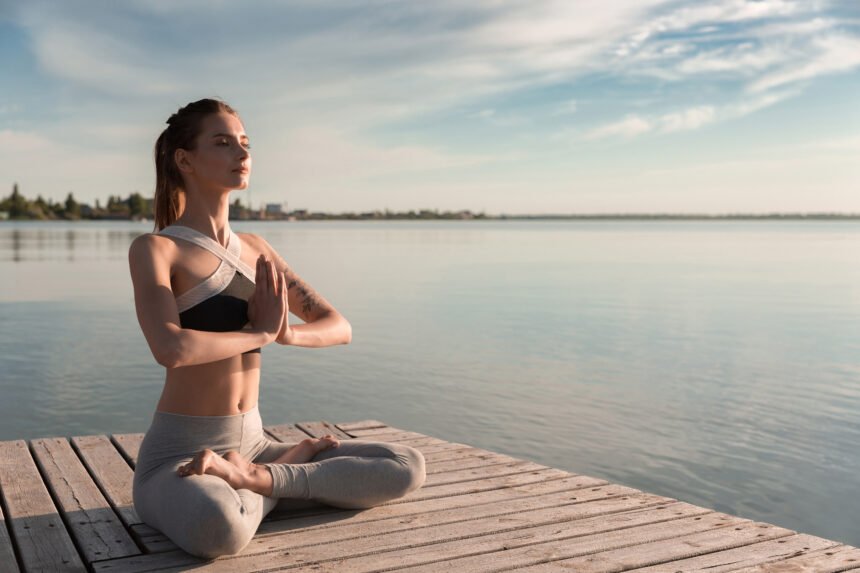Osteoporosis, a silent thief that weakens bones and heightens fracture risk, impacts millions worldwide, especially postmenopausal women and older adults. As of October 9, 2025, with growing emphasis on natural prevention strategies, yoga stands out as an accessible, evidence-backed practice to enhance bone density and overall skeletal resilience. Beyond its renowned benefits for flexibility and mental well-being, yoga’s weight-bearing poses stimulate bone growth, improve balance, and reduce stress—key factors in combating osteoporosis. But is it truly effective, and how should you start? This blog delves into the mechanisms, latest research, expert opinions, safety tips, and practical routines to empower your bone health journey.
How Yoga Builds Stronger Bones: The Underlying Science
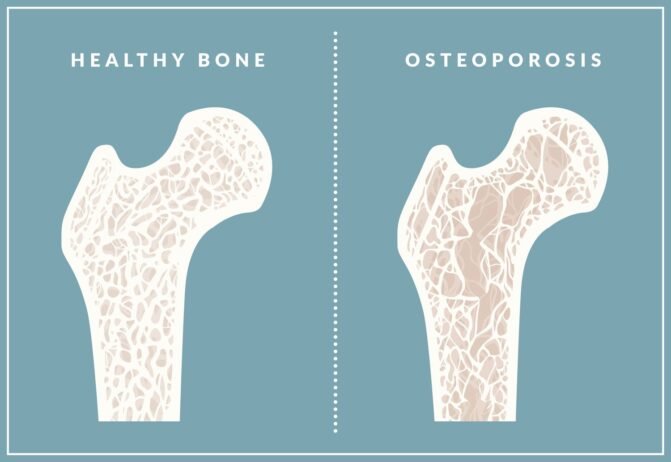

Bones are living tissue that respond to mechanical stress by becoming denser and stronger, a principle known as Wolff’s Law. Yoga harnesses this through targeted movements that load bones without excessive impact, making it ideal for osteoporosis prevention:
- Weight-Bearing Poses: Asanas like Tree Pose or Warrior II apply gentle force to bones in the spine, hips, and wrists—common fracture sites—activating osteoblasts to build new bone.
- Muscle Strengthening: Yoga engages surrounding muscles, providing better support and stability to bones, which can prevent falls that lead to breaks.
- Balance Enhancement: Poses improve proprioception and coordination, slashing fall risk by 20-30% in seniors.
- Stress and Hormone Regulation: Breathwork and meditation lower cortisol levels, which otherwise accelerate bone resorption. In women, yoga may mimic estrogen’s protective effects on bones post-menopause.
- Improved Circulation: Dynamic flows boost blood flow to bones, delivering essential nutrients like calcium and vitamin D.
Sessions of 30-60 minutes, 3-5 times weekly, can yield noticeable benefits, especially when combined with a nutrient-rich diet.
The Evidence: Proven Benefits from Recent Studies
Mounting research, including 2024-2025 studies, affirms yoga’s role in boosting bone mineral density (BMD) and preventing osteoporosis-related fractures. While not a replacement for medical treatments, it’s a potent adjunct.
Key Studies and Findings
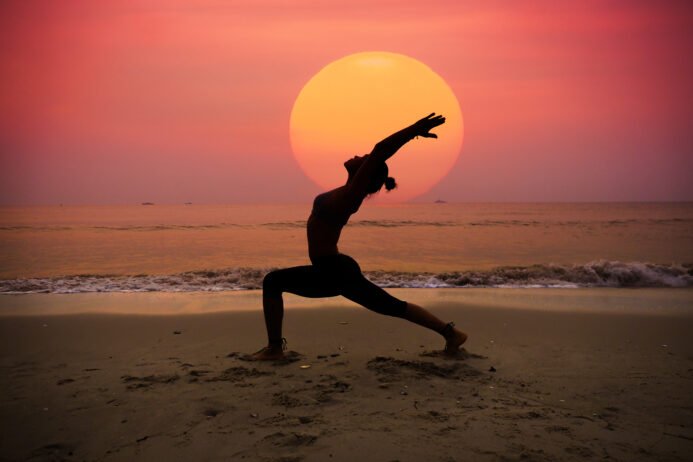

A groundbreaking 10-year study led by Dr. Loren Fishman, updated in 2025 publications, followed participants practicing 12 yoga poses daily. It reported significant BMD gains in the spine (up to 0.004 g/cm²) and hips, with no yoga-induced injuries, highlighting yoga’s safety and efficacy. A November 2024 PubMed study on yoga’s effects on balance, falls, and bone metabolism found positive impacts on bone formation markers and BMD in one trial, with meta-analysis supporting reduced fall risk.
A May 2025 SilverSneakers report cited a study where 12 minutes of daily yoga improved BMD in older adults, emphasizing accessibility for seniors. Additionally, a December 2024 analysis in Optimal Human Health reinforced yoga’s positive effects on BMD reversal in osteoporosis patients.
| Study | Duration | Sample Size | Key Outcome | Notes |
|---|---|---|---|---|
| Fishman 10-Year Study (Updated 2025) | 10 years | Hundreds | ↑ Spine/hip BMD (0.001-0.004 g/cm²); No fractures | 12 poses daily; Safe for osteoporosis. |
| 2024 PubMed on Balance & Bone Metabolism | Varied | Multiple RCTs | Positive bone formation; BMD ↑ in one study | Reduces falls; Meta-analysis included. |
| 2025 SilverSneakers Study | Daily 12 min | Older adults | Improved BMD | Gentle routine for seniors. |
| 2024 Optimal Human Health Analysis | 10 years | Osteoporosis patients | BMD reversal effects | Highlights yoga’s preventive role. |
Limitations in the Research
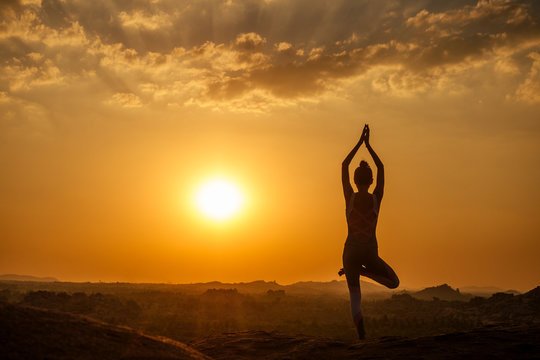

- Duration and Consistency: Benefits accrue over 6-12 months with regular practice; short-term studies may underestimate impact.
- Population Focus: Most research targets women and seniors; more data needed for men and younger adults.
- Adjunct Therapy: Yoga excels alongside diet and meds, not solo for advanced osteoporosis.
- Pose Specificity: Weight-bearing poses are key; restorative styles offer less bone stimulus.
Safety Considerations: Practicing Mindfully
Yoga is generally safe, but for those with osteoporosis, modifications are crucial to avoid strain.
- Common Side Effects: Mild muscle fatigue or joint discomfort (5-15% of practitioners); resolve with rest.
- Serious Risks: Spinal flexion poses (e.g., forward bends) may increase vertebral fracture risk in severe cases—opt for neutral spine alternatives.
- Precautions: Consult a doctor before starting; use props like blocks or chairs for support. Avoid inversions if balance is impaired.
- Contraindications: Recent fractures, severe pain, or uncontrolled conditions—seek osteoporosis-specialized instructors.
| Risk Category | Frequency | Potential Consequences |
|---|---|---|
| Muscle Fatigue | Common (5-15%) | Temporary soreness; ease in slowly. |
| Joint Strain | Uncommon (2-5%) | Wrist/knee issues; modify with props. |
| Fracture Risk (Severe Cases) | Rare | Avoid deep flexions; doctor approval needed. |
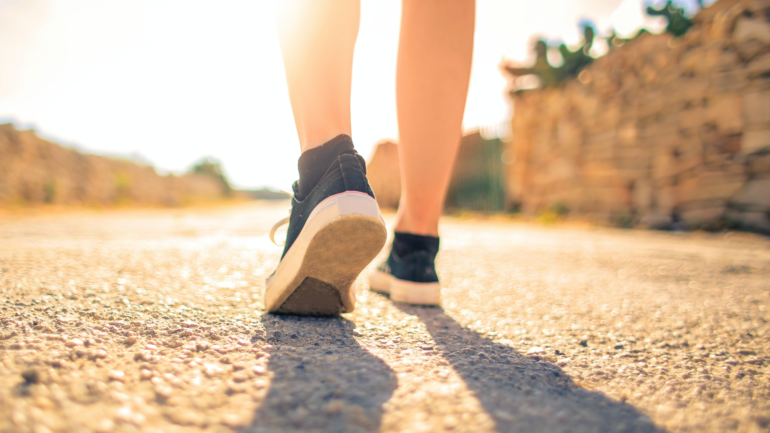

Expert Opinions: Insights from Leaders in the Field
Experts laud yoga’s holistic approach, with 2025 updates emphasizing its evidence-based benefits.
- Dr. Loren Fishman, MD (Columbia University): In a March 2025 Movement Logic podcast and April 2025 YouTube interview, he states: “Our 10-year study proves a 12-minute daily regimen reverses bone loss safely, increasing BMD without side effects. Poses like Tree and Warrior are game-changers for prevention.”
- Harvard Health Experts: In ongoing 2025 coverage, they note: “A dozen poses daily may boost bone density, offering a low-cost alternative to meds for early prevention.”
- Kripalu Center Specialists: Their 2025 program highlights: “Yoga improves bone quality and density, reversing osteoporosis through targeted practice.”
- Critic’s Perspective: Some, like in the Movement Logic episode, question study methodologies but affirm overall safety and adjunct value.
Consensus: Yoga is effective for prevention, especially with consistent, tailored routines.
Practical Guidance: Poses and Routines to Get Started
Follow Dr. Fishman’s 12-pose protocol (e.g., Tree, Warrior I/II, Triangle, Bridge) for ~12 minutes daily. Beginners start with:
- Tree Pose (Vrikshasana): Balances on one leg; strengthens hips (30 sec/side).
- Warrior II (Virabhadrasana II): Loads legs and spine (30 sec/side).
- Chair Pose (Utkatasana): Builds thigh and core strength (20 sec).
Strategies
- Frequency: 3-5 sessions/week; hold poses 15-60 sec.
- Modifications: Chair yoga for stability.
- Nutrition Boost: Combine with 1,200 mg calcium and 2,000 IU vitamin D daily.
- Tracking: Annual DEXA scans to measure BMD progress.
Alternatives: Tai chi or resistance bands for similar low-impact benefits.
Conclusion: Empower Your Bones with Yoga
Engaging in yoga offers a proven path to stronger bones and osteoporosis prevention, with 2025 studies showing BMD gains of 0.5-1% and reduced fall risks. Experts like Dr. Fishman advocate daily practices as safe, effective tools, especially when integrated with lifestyle changes. In today’s holistic health era, yoga’s movement-based approach not only fortifies your skeleton but enhances overall vitality. Consult a professional, roll out your mat, and invest in your bone future today.


